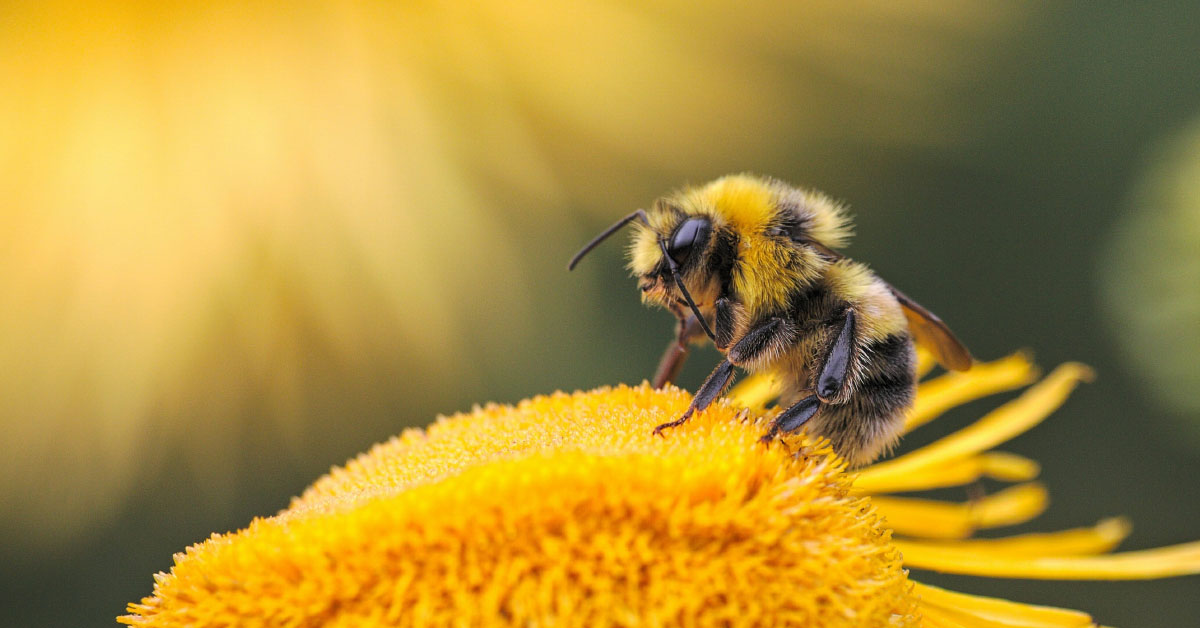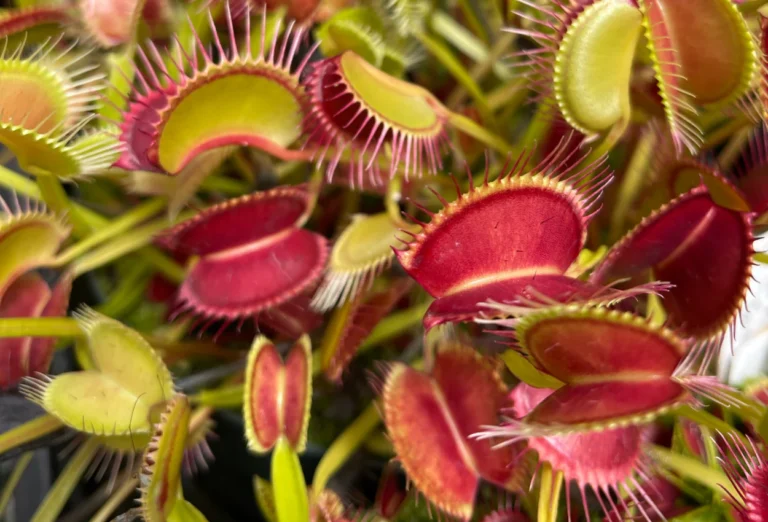Unlock the secret language of the animal kingdom! Discover how creatures of the wild communicate in their natural habitats, a topic that has intrigued scientists and nature enthusiasts for centuries. Delve into the various ways animals convey messages to each other, from intricate bird songs to the subtle body language of wolves. Get ready to gain an in-depth understanding of a fascinating aspect of animal behavior that remains largely under-explored.
Our planet is teeming with life, each with its unique way of communicating. 🐾 This intriguing exploration provides a closer look at the methods and mechanisms of animal communication. From the complex language of dolphins to the efficient signaling system of ants, this in-depth examination sheds light on the fascinating world of interspecies communication.
Diving deeper into this mysterious realm, we will unravel the means by which animals express emotions, warn of danger, attract mates, and stake territorial claims. How does a bee inform its hive about a new food source? How do elephants communicate over vast distances? The answers to these questions, and more, will be uncovered in the following sections.
This journey into the world of animal communication aims to broaden your understanding of our co-inhabitants on this planet. The exploration will not only change the way you perceive animals but also enlighten you on the interconnectedness of life on Earth. Brace yourself for a captivating exploration into the secret language of the animal kingdom. 🌍🐅🐬🐝
Deciphering the Complex Web of Animal Communication
In the wild, animals use a sophisticated mix of signals and behaviors to communicate, conveying everything from warnings about predators to invitations for mating. At the heart of this communication are several key methods that are universally seen across the animal kingdom. These methods—acoustic, visual, chemical, electrical, and tactile—form a complex web of interactions that are essential for survival, reproduction, and social bonding.

Communication in animals is not limited to a single sense or channel. Instead, many species rely on a combination of signals to reinforce or enhance their messages. For instance, a bird might combine its song with a display of colorful feathers, using both sound and visual cues to attract a mate. Similarly, a dog may growl (sound), bare its teeth (visual), and position its body in a defensive posture (tactile/visual) to communicate a warning. These multi-modal signals are often more effective, especially in environments where one sensory channel might be limited, such as in murky waters or dense forests.
One remarkable aspect of animal communication is its adaptability and evolution across species and environments. Animals that live in nocturnal or subterranean habitats, for example, may rely less on visual cues and more on smell or touch. Bats use echolocation to “see” their surroundings through sound, while naked mole-rats use complex vocalizations underground. In contrast, reef fish rely heavily on visual communication, with bright colors and elaborate displays that signal aggression, courtship, or submission.
Social animals often develop highly nuanced forms of communication to maintain group cohesion and organize their societies. Elephants, for example, use low-frequency infrasound to communicate over long distances—sometimes several kilometers. These deep rumbles can pass through the ground and be detected by the sensitive feet and trunks of other elephants. In primate societies, communication includes facial expressions, gestures, grooming rituals, and even symbolic use of tools. Each action carries meaning and plays a role in social structure, hierarchy, and cooperation.
Moreover, communication isn’t always just about interaction between two individuals—it can also serve a communal purpose. In honeybee colonies, the famous “waggle dance” allows a forager bee to inform her hive about the location, distance, and quality of a food source. This dance is a language of geometry, vibration, and movement—a striking example of non-verbal symbolic communication in insects.
Interpreting these systems helps us understand how animals perceive the world and interact with one another. It also invites us to reflect on the roots of our own communication, language development, and social behavior. In fact, many aspects of human communication—like body language, tone, and scent-based attraction—have parallels in the animal world.
Ultimately, the study of animal communication reveals not only the intelligence and complexity of non-human life, but also our deep evolutionary connection to the rest of the natural world. Each sound, gesture, and signal carries with it a story of survival, adaptation, and connection—an ongoing dialogue written in the language of nature itself.
Acoustic Communication: The Language of Sounds
Acoustic communication is perhaps the most widespread form of animal communication. Think of a bird’s song, a lion’s roar, or a frog’s croak. These animals use vocalizations to convey a wide variety of messages. For example, a bird’s song can be used to mark territory, attract a mate, or even warn other birds of potential danger.
Notably, this is not limited to vocal creatures only. Insects such as crickets and cicadas produce sounds by rubbing their body parts together, a process known as stridulation.
Visual Communication: A Picture is Worth a Thousand Words
Visual communication is another vital tool in the animal kingdom, playing an essential role in a wide array of behaviors including mating, defense, social bonding, and territory establishment. Unlike acoustic or chemical signals that may require specific conditions to travel effectively, visual signals can often be immediate, direct, and unmistakably expressive—especially in environments where visibility is high.
Many animals rely on body language, postures, colors, or even intricate displays to communicate with one another. One of the most iconic examples is the male peacock, which fans its iridescent tail feathers in a brilliant display to attract a mate. The size, symmetry, and vibrancy of the plumage serve as indicators of genetic fitness and overall health, sending powerful visual cues to potential mates. Similarly, male birds-of-paradise perform complex dances accompanied by vivid feather arrangements to dazzle female spectators in the dense forests of New Guinea.
In the realm of mammals, visual displays often serve to convey aggression, submission, or social rank. A gorilla thumping its chest or a wolf baring its teeth and raising its hackles are universal signs of dominance or challenge. These displays can resolve conflicts without the need for physical altercation, preserving energy and reducing injury risk. In fact, many social mammals use subtle shifts in posture, facial expressions, or gaze direction to communicate intent or emotional state within their groups.
Coloration also plays a significant role in visual signaling, particularly among reptiles, amphibians, and fish. Bright, contrasting colors may be used to warn predators of toxicity—a phenomenon known as aposematism. Poison dart frogs, for example, exhibit vibrant hues to signal that they are not safe to eat. Conversely, some creatures use deceptive coloration to blend in with their surroundings or to mimic more dangerous animals, contributing to their defense through visual trickery.
One of the most fascinating forms of visual communication comes from bioluminescence—the production and emission of light by living organisms. This is especially common in the insect and marine worlds. Fireflies, or lightning bugs, communicate through rhythmic light pulses, each species having its own unique pattern to facilitate mate recognition. In the deep sea, where sunlight never reaches, bioluminescence becomes not only a tool for attracting mates but also a means of hunting and evasion. Creatures like the anglerfish use glowing lures to draw prey toward their mouths, while others use sudden bursts of light to disorient predators or to communicate with members of their species in the pitch-black depths.
Camouflage also falls under the umbrella of visual communication—albeit in a more passive form. The ability of some animals to blend into their environment serves as a silent message to predators: “I’m not here.” In more advanced forms, like that of the cuttlefish or chameleon, this adaptation becomes dynamic, allowing rapid shifts in color and pattern to react to immediate threats or social encounters.
Ultimately, visual communication in the animal kingdom is as diverse as it is dazzling. Whether through color, movement, light, or expression, these signals are critical components of life in the wild—allowing animals to connect, survive, and thrive in an ever-changing world.
Olfactory Communication: Scents and Pheromones
Animals also use smells as a potent form of communication. Known as olfactory communication, it involves the use of chemical signals, or pheromones, to convey messages. These chemical cues can provide a wealth of information, from marking territory to indicating readiness for mating.

For example, ants use pheromones to create scent trails leading to food sources. Dogs and cats mark their territories by releasing pheromones from special glands in their bodies.
Electrical Communication: A Shocking Way to Converse
Electrical communication, though rare, is a remarkable adaptation found primarily in aquatic environments where other forms of signaling may be less effective. Certain fish—such as electric eels, elephantnose fish, and knifefish—possess specialized electric organs that allow them to generate and detect electric fields. These bioelectrical signals can serve multiple functions, including navigation, prey detection, territorial defense, and social interaction.
Electric eels are perhaps the most famous example. They can deliver high-voltage shocks, up to 600 volts, to incapacitate prey or deter threats. However, not all electric discharges are so dramatic. Many electric fish emit low-voltage pulses to “see” their environment through electrolocation, a process that helps them detect obstacles and other animals in murky waters where vision is limited.
In addition to hunting and navigation, electrical signals are also used for courtship and social hierarchy. Individual pulse patterns may help fish recognize each other or distinguish between rival species. This form of communication is both efficient and discreet, especially in dark or muddy habitats.
Though less common than visual or acoustic communication, electrical signaling highlights the incredible diversity of strategies that animals have evolved to interact with the world around them—even through invisible, electric messages. ⚡🐟
Tactile Communication: The Power of Touch
Lastly, many animals use touch as a means of communication. Bees perform a “waggle dance” to tell their hive mates where to find food. Primates groom each other to strengthen social bonds. Even predators use tactile signals, like a tap of the paw, to coordinate hunting strategies.
Interpreting Animal Communication: What Can We Learn?
Understanding how animals communicate can greatly enhance our appreciation of the natural world. It can also inform our own communication strategies and technologies. For example, studying bird songs has led to advances in speech recognition software. Similarly, research into insect pheromones could help in developing new ways to control pest populations.
- Sound, sight, smell, touch, and electricity all play a role in animal communication.
- These communication methods serve various functions, such as marking territory, attracting mates, or warning of danger.
- Understanding animal communication can inform our own technologies and strategies.
While we’re still far from ‘talking’ to animals in the way we might imagine, the exploration of their secret language continues to provide fascinating insights into the complexity and diversity of the natural world.
Conclusão

In conclusion, “Unlocking the Secret Language of the Animal Kingdom: How Creatures Communicate in the Wild” provides a fascinating insight into the intricate world of animal communication. By unraveling the sophisticated languages animals use, we gain a deeper understanding of the complexity and richness of life in the wild. This not only enhances our appreciation for nature, but also highlights the importance of preserving these intricate ecosystems.
This knowledge enables us to comprehend how animals interact, cooperate, and survive in their environments, revealing the vital role communication plays in the animal kingdom. From subtle body language cues to complex vocalizations, the myriad ways animals express themselves is astounding and mirrors the diversity found in the animal kingdom itself.
Moreover, understanding animal communication has potential benefits for human society as well. It could provide inspiration for technological advancements, contribute to conservation efforts, and even deepen our understanding of human communication.
The article makes it clear that every chirp, roar, waggle, or flutter is part of a sophisticated language system, a secret code waiting to be deciphered. It’s a potent reminder of the wonder and complexity of the natural world, and our place within it.
In the end, this unique exploration into animal communication is a testament to the immense diversity and complexity of life on our planet.



